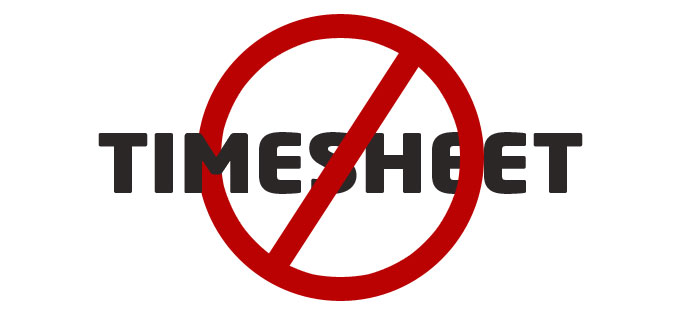In my experience, for a process to change there needs to be three parts to the process; what it was like, how it changed, and what it is like now. For starters, the Monday morning meetings I spoke of in my first post no longer happen. The dreaded fear of filing out the timesheet at the end of the day or throughout the day is no longer there. I am working smarter, faster, and more accurate because I can devote all my energy to the engagement without worrying about time. The buzz phrase work/live seems appropriate for post. The phrase has been around for the past five years, and I really did not know what it meant until I began this new process. When I came into the profession, I questioned the rigid time requirements and was immediately told, “This is the way we have been doing it for years.”
Collections
If you think the last three posts on this topic have been BS, you may want to read this carefully. Our A/R has never been cleaner in my six years of working. Hey rookie, six years? Get a life! Ok, my dad’s A/R has never been cleaner in the past 35 years of working. Where do you go and request products or services and not know the price until after the product or service is complete? Once I communicate the price to a client, they know what they are going to pay, so pay me now….or half now and half at delivery. It is easier for everyone. In accounting we stress transparency. This process opens up a new transparency I never believed could happen.
In our FPAs, one of the services we include is unlimited access to me and my team, all the way up to the parter. Why not? We are not keeping time — how am I supposed to track a phone call without a timesheet? I can see it now …”FFF is running a special on phone calls for the month of March, only $9.99 per call, so act fast.” Look folks, we have not, in any way, jeopardized the level of service we give our clients. If anything, the level of service has been elevated with this new process.
A small bit on client reaction to the change, which we had 98% overall participation. Our business clients busted out the champagne when we made the change. Do they abuse the unlimited access? Not yet. Some may, most won’t. You show me a client who wants to talk to his CPA five days a week and I will tell you exactly how to remedy the situation. Our individual clients are on the fence. The relationship we have with most our individual clients is transactional. With this new process, we’re hoping to replace the transactional approach with a center of financial influence approach.
In closing, I will not be returning to timesheet environment anytime soon. The firm of the future does not need the timesheet as a metric to motivate team members. There are far better metrics to gauge work performance. This has been a brief overview of the process I have taken to trash the timesheet. Please contact me through email if you would like to discuss the details further.
